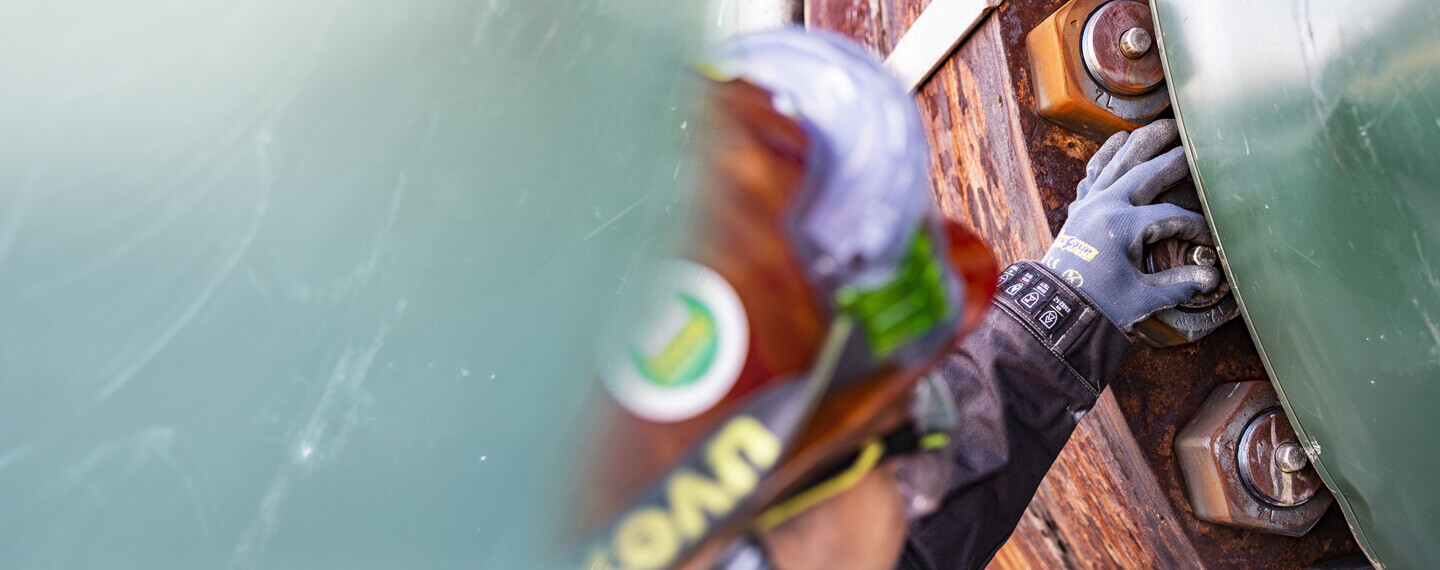You are currently viewing the James Walker Global website.
You are currently viewing the James Walker Global website.

The vast majority of all bolted joint failures can be attributed to inaccurate bolt tension at installation.
The behaviour of a bolted joint, whether it is in an aircraft, pressure vessel or a wind turbine assembly, is governed by the same science. The reliability of a bolted joint is dependent on three major parameters:
By measuring and assuring all three factors, bolted joint reliability is guaranteed. Achieving and maintaining the correct installed design tension will eliminate failures from fatigue, vibration loosening and structural slip. Bolted joint reliability is an established science but the vast majority of bolted joints are tightened in an uncontrolled manner; the bolt tension achieved at the end of the tightening cycle is unmeasured and unknown.
Traditional tightening practice measures tightening power or the effort applied. The belief is that there is a reliable correlation between the equipment tightening power and the residual bolt tension achieved - however, there is no reliable correlation. Factors including friction from interfaces such as head/nut bearing face and threads, as well as the inclusion of protective coatings for example, have a huge impact on exactly how much of the applied force translates into actual bolt tension. To guarantee that all bolts are installed to the correct design tension requires a different measuring principle - the principle at the heart of RotaBolt technology.
Want to discuss your project, engineering or materials challenge expert to expert? Simply provide us with your contact details and a little information about the application you are working on, and one of our experts will contact you as soon as possible.